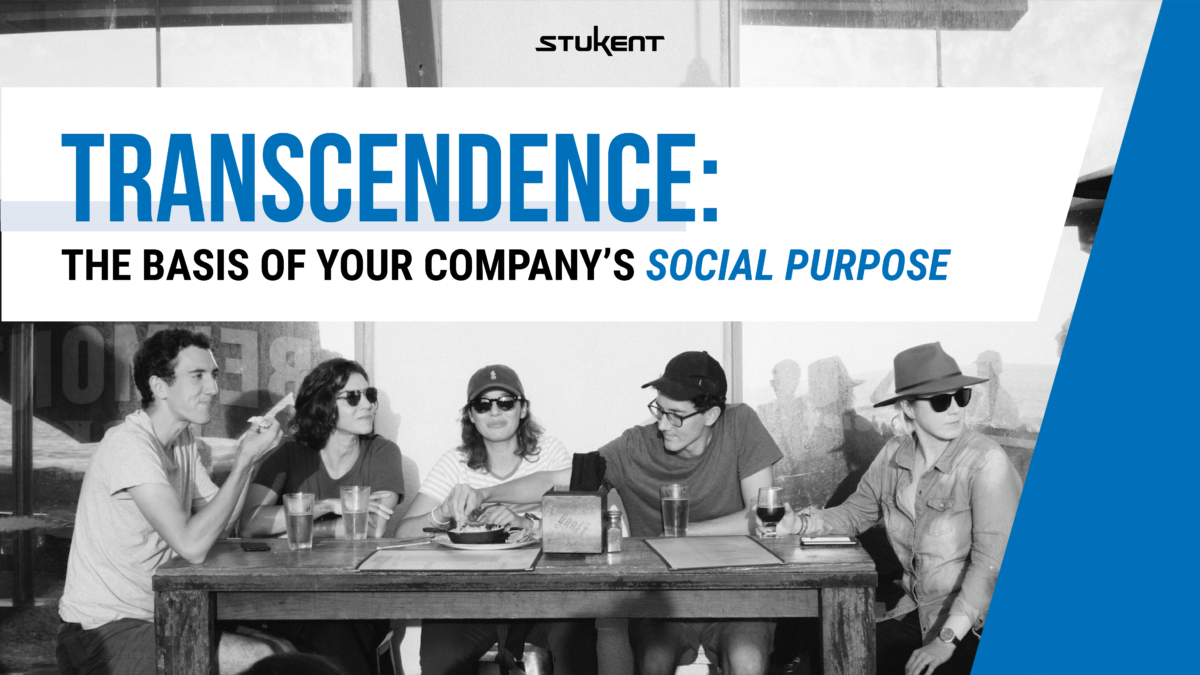Article originally posted on Forbes.com. Reposted with permission.
POST WRITTEN BY Radhika Duggal
Marketers know that understanding consumer needs is critical. Doing so enables us to understand the drivers of purchase decisions so we can champion relevant product and feature innovations and create effective marketing communications.
Theories of behavior that outline systems of needs are one of the tools marketers can use to understand needs, and no system of needs is more well recognized than Abraham Maslow’s hierarchy of needs. Usually portrayed as a pyramid, Maslow’s hierarchy presents five layers, each containing a different type of need that humans strive to achieve.
The layers of the pyramid from the bottom up are: biological needs, safety needs, social needs, esteem needs, and self-actualization. According to Maslow, humans will not strive to meet needs further up in the pyramid unless the needs lower down are fulfilled to some degree. As each of the needs in the lower portion of the hierarchy is fulfilled, humans seek to fulfill needs higher up on the pyramid.
But Maslow named an additional level of the pyramid that doesn’t always make it into consumer behavior or psychology textbooks. Above self-actualization, Maslow included another level called transcendence. While self-actualization is focused on maximizing one’s own potential, transcendence is focused on goals that are less self-serving.
According to Maslow, transcendence enables us to overcome our focus on ourselves and see things more holistically — from a different perspective that includes more than simply our own personal needs. Put simply, transcendence isn’t just about us, as individuals. It’s a higher-order need that enables us to maximize harmony with the world around us.
Psychologist Scott Barry Kauffman explores theories of transcendence in his book Transcend: The New Science of Self-Actualization. In it, he lays out an updated system of needs focused on finding fulfillment through purpose. His system has the following layers, starting from the bottom: safety, connection, self-esteem, exploration, love, and purpose. Once one reaches the level of purpose, which connects them to others and the world around them, they have found transcendence.
So why should marketers care about these concepts of transcendence and purpose? Because it’s clear our consumers care — it’s no secret millennials and Gen Z consumers, in particular, crave this sense of purpose and make their purchase decisions based on companies’ shared sense of purpose.
Consumers are won or lost based on this shared purpose, so marketers need to understand how to position products and services to help their consumers meet the need for transcendence. Just how do we do this?
• Understand your consumers’ passion points. Invest in qualitative and quantitative research to really understand what your consumers care about. Are there causes they have a passion for? What makes them feel like they are contributing to the world around them?
• Develop an MVP program focused on those passion points. Test a program that enables your company to partner with consumers to deliver on one of those passion points. While building this in-house can require you to spin up a whole new team, testing through a reputable partner can enable you to quickly understand the pros and cons of your chosen approach. And quick tests enable rapid iteration. A great example of this is Bombas, which partners with more than 3,500 Giving Partners across the U.S. to facilitate the donation of essential clothing.
• Integrate employees into the experience. To double down on your social promise, show customers you are dedicated to it — thereby enabling them to feel they are reaching transcendence by supporting your company — by diverting your most precious resources to your cause: employee time.
Many companies, like Burlington and Groupon, are active in this space with clear examples of their commitments:
• Every holiday season, Burlington hosts the Burlington Coat Drive, enabling customers, associates, and vendors to donate to local organizations in and around each store. The program has collected and distributed over two million coats to date.
• Unwilling to miss the opportunity for customers to understand how important giving back is to their organization, Groupon harnessed the power of its remote workforce to host the company’s first Virtual Volunteer Week. Employees at home were able to volunteer to help with projects, including transcribing historical documents and using aerial images to provide assistance to those in remote villages.
The most important thing to realize as you seek to play a role in helping your consumers achieve transcendence is the need to evolve. Over time, both consumers’ passions and your business will change. Know that as this happens, you’ll need to evolve your commitment to social impact.
Toms is a great example of that. After 13 years of doing business with a one-for-one model — giving away a free pair of shoes with each pair sold — the company evolved its model to make an even bigger impact. Toms has pledged to donate at least one-third of its profits, according to an annual investment plan, to causes their consumers care about.
This ability to evolve will enable your company to stay relevant to your consumers’ pursuit of transcendence and passion, helping to create long-term brand loyalty.

Radhika Duggal is the CMO at Snapcommerce, a financial services and healthcare leader focused on Gen Z and millennials, and the author of Consumer Behavior: A Marketer’s Look Into the Consumer Mind.






